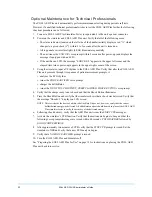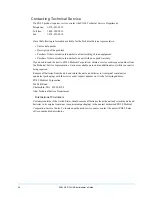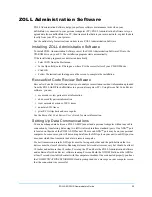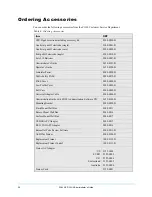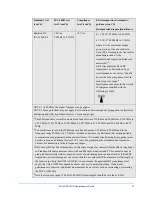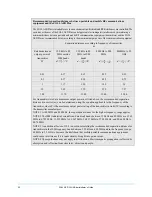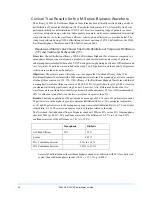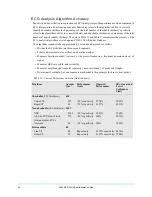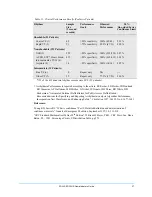
36
ZOLL AED PLUS Administrator’s Guide
ECG Analysis Algorithm Accuracy
Sensitivity and specificity are expressions of ECG analysis algorithm performance when compared to
ECG interpretation by a clinician or expert. Sensitivity refers to the algorithm’s ability to correctly
identify shockable rhythms (as a percentage of the total number of shockable rhythms); specificity
refers to the algorithm’s ability to correctly identify non-shockable rhythms (as a percentage of the total
number of non-shockable rhythms). The data in Table 10 and Table 11 summarizes the accuracy of the
ECG analysis algorithm as tested against ZOLL’s ECG Rhythm Database.
The algorithm sequence takes approximately 9 seconds and proceeds as follows:
• Divides the ECG rhythm into three-second segments.
• Filters and measures noise, artifact, and baseline wander.
• Measures baseline content (‘waviness’ at the correct frequencies - frequency domain analysis) of
signal.
• Measures QRS rate, width, and variability.
• Measures amplitude and temporal regularity (‘auto-correlation’) of peaks and troughs.
• Determines if multiple 3 second segments are shockable then prompts the user to treat patient.
Table 10: Clinical Performance Results (Adult Patients)
Rhythms
Sample
Size
Performance
Goals
Observed
Performance
90% One-sided
Lower
Confidence
Limit
Shockable
(250 Total min.)
618
Coarse VF
Rapid VT
535
83
>90% sensitivity
>75% sensitivity
97.38%
91.57%
95.65%
83.39%
Non-shockable
(300 Total min.)
3039
NSR
AF, SB, SVT, Heart block,
idioventricular, PVCs
Asystole
2205
770
64
>99% specificity
>95% specificity
>95% specificity
99.86%
100%
100%
99.60%
99.52%
99.40%
Intermediate
Fine VF
Other VT
88
64
24
Report only
Report only
93.75% sensitivity
91.67% sensitivity
84.76%
73.00%

